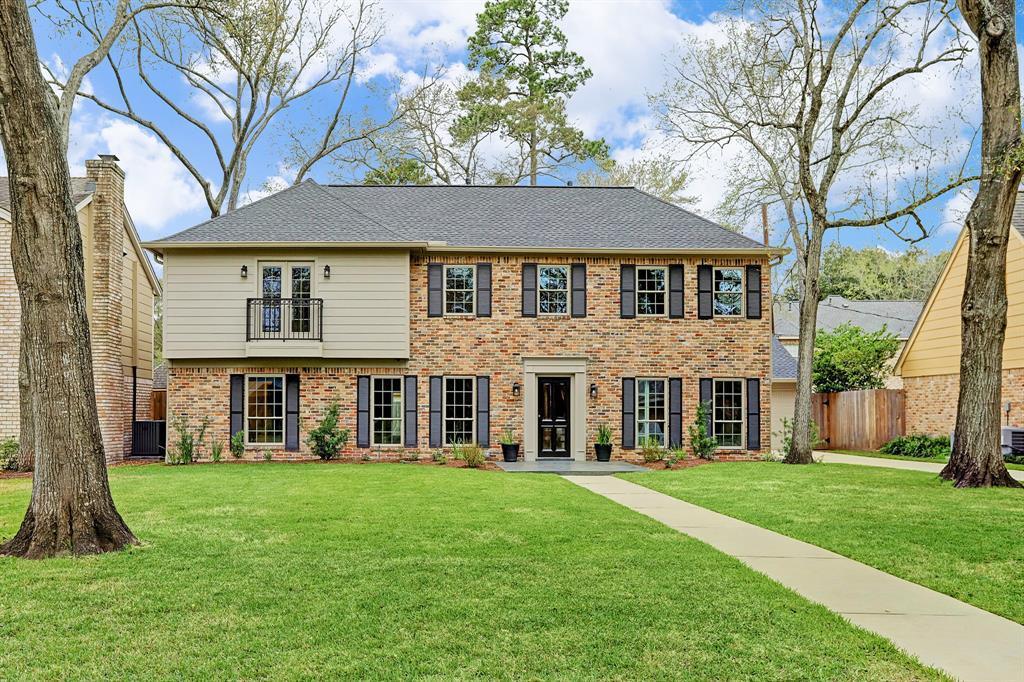

The Young Pretender, who on the march from Scotland had walked at the front of the column, made the return journey on horseback at the rear of the bedraggled and tired army. He abandoned his invasion at Swarkestone Bridge on the River Trent, a few miles south of Derby. He had received misleading information about an army coming to meet him south of Derby.


A reconstruction of the room is on display at Derby Museum in the city centre.
600 NOTTINGHAM OAKS FULL
He stayed at Exeter House on Full Street, where he held a council of war on 5 December which decided to retreat. The prince called at The George Inn on Irongate, where the Duke of Devonshire had set up his headquarters, and demanded billets for his 9,000 troops. Statue of Bonnie Prince Charlie on Cathedral Greenĭuring the Jacobite rising of 1745, Charles Edward Stuart (the Young Pretender or Bonnie Prince Charlie) stopped in Derby on 4 – 6 December 1745, whilst on his way south to attempt to seize the British crown. This was designed and built by local engineer George Sorocold. The Derby Waterworks included waterwheel-powered pumps for raising water out of the River Derwent and storage tanks for distribution. The first civic system of piped water in England was established in Derby in 1692, using wooden pipes, which was common for several centuries. These troops took part in the defence of nearby Nottingham, the siege of Lichfield, the battle of Hopton Heath and many other engagements in Nottinghamshire, Staffordshire and Cheshire, as well as successfully defending Derbyshire against Royalist armies. 16th–18th centuries ĭuring the Civil War of 1642–1646, Derby was garrisoned by Parliamentary troops commanded by Sir John Gell, 1st Baronet, who was appointed Governor of Derby in 1643. These areas of land were known as Norþworþig ("Northworthy"="north enclosure") and Deoraby, and were at the "Irongate" (north) side of Derby. 900) says that "Derby is divided by water". Modern research (2004) into the history and archaeology of Derby has provided evidence that the Vikings and Anglo-Saxons would have co-existed, occupying two areas of land surrounded by water. The town name appears as Darbye on early maps, such as that of John Speed, 1610. However, the origin of the name Derby has had multiple influences: a variation of the original Roman name Derventio with pronunciation of the letter "v" as "b", becoming Derbentio, and later Derby, along with a link to the river Derwent – from the Celtic meaning "valley thick with oaks" – which flows through the city, triggering a shortened version of Derwent by, meaning 'Derwent settlement'. The Viking name Djúra-bý, recorded in Old English as Deoraby, means "village of the deer". Later, the town was one of the " Five Boroughs" (fortified towns) of the Danelaw, until it was captured by Lady Æthelflæd of Mercia in July 917, after which the town was annexed to the Kingdom of Mercia. The Roman camp of Derventio is considered to have been at Little Chester/Chester Green ( grid reference SK353375), the site of the old Roman fort. View of Derby Cathedral's facing clock tower See also: Timeline of Derby Origins The tower of Derby Cathedral. It is home to engine manufacturer Rolls-Royce and Alstom (formerly Bombardier Transportation) has a production facility at the Derby Litchurch Lane Works Toyota's UK headquarters is located in the south-west of the city at Burnaston. Despite having a cathedral since 1927, Derby did not gain city status until 1977.ĭerby is a centre for advanced transport manufacturing. With the arrival of the railways in the 19th century, Derby became a centre of the British rail industry. Initially a market town, Derby grew rapidly in the industrial era and was home to Lombe's Mill, an early British factory, Derby contains the southern part of the Derwent Valley Mills World Heritage Site. The Romans established the town of Derventio, which was later captured by the Anglo-Saxons and then by the Vikings who made Djúra-bý one of the Five Boroughs of the Danelaw. The city's population was 261,400 in 2021. As a unitary authority, Derby is administratively independent from Derbyshire County Council. The county is named after Derby, which was its original county town. Flag of Derbyĭerby ( / ˈ d ɑːr b i/ ⓘ DAR-bee) is a city and unitary authority area on the River Derwent in Derbyshire, England. For other uses, see Derby (disambiguation). This article is about the city in England.


 0 kommentar(er)
0 kommentar(er)
